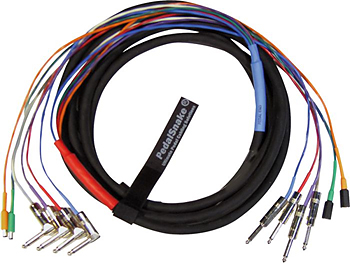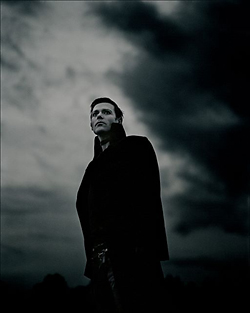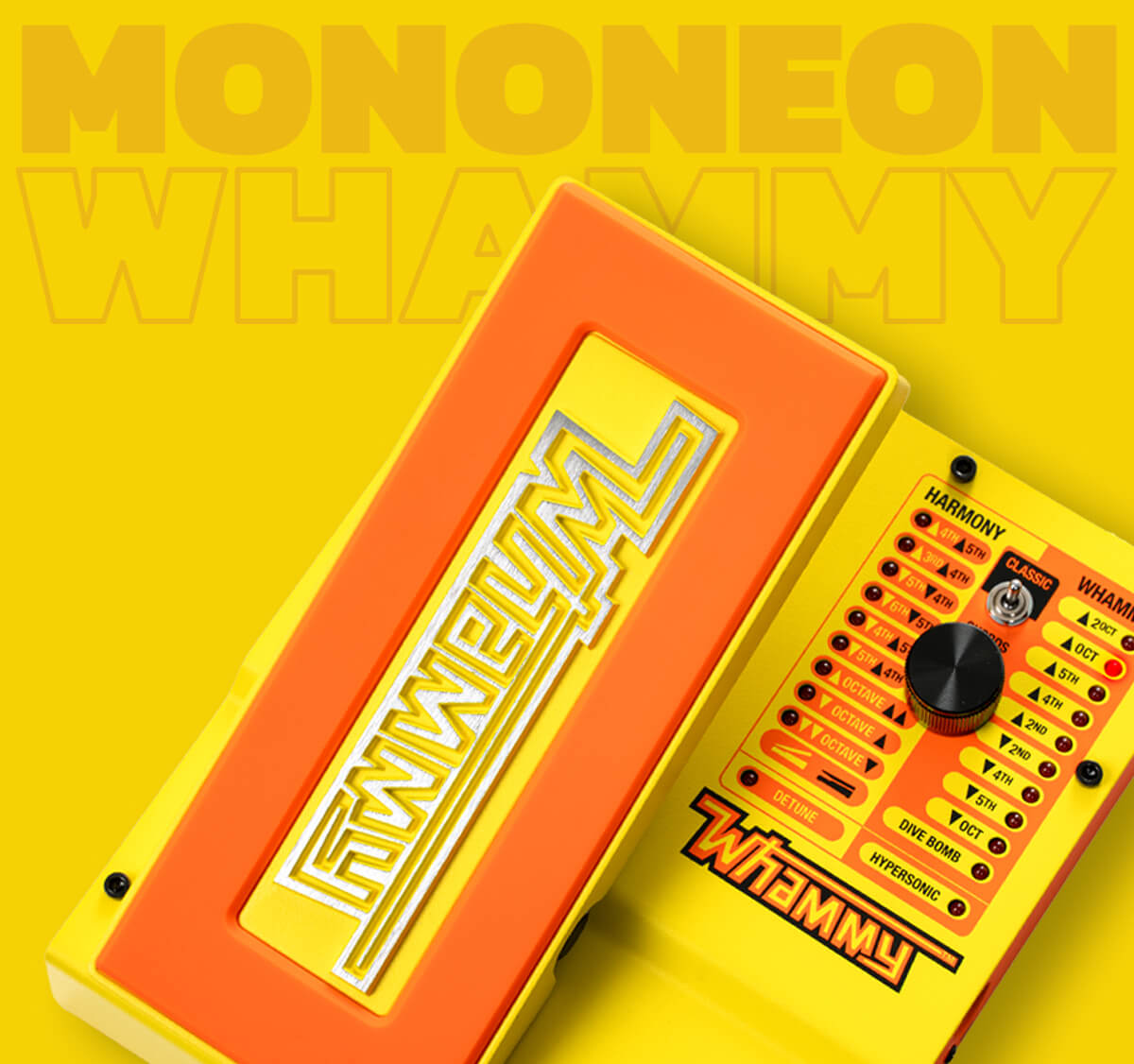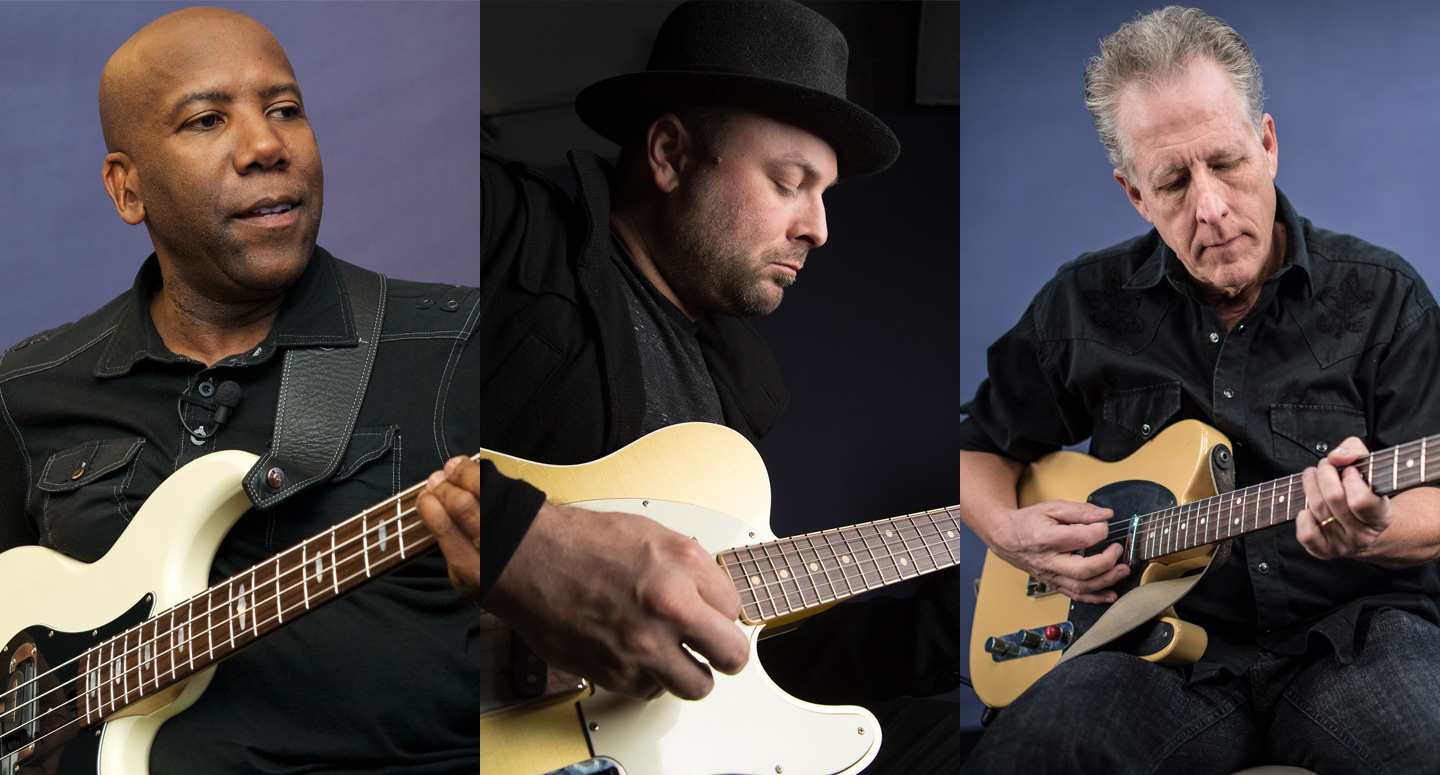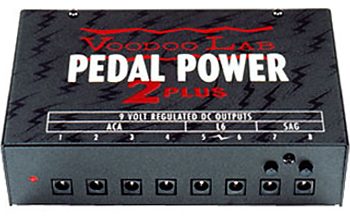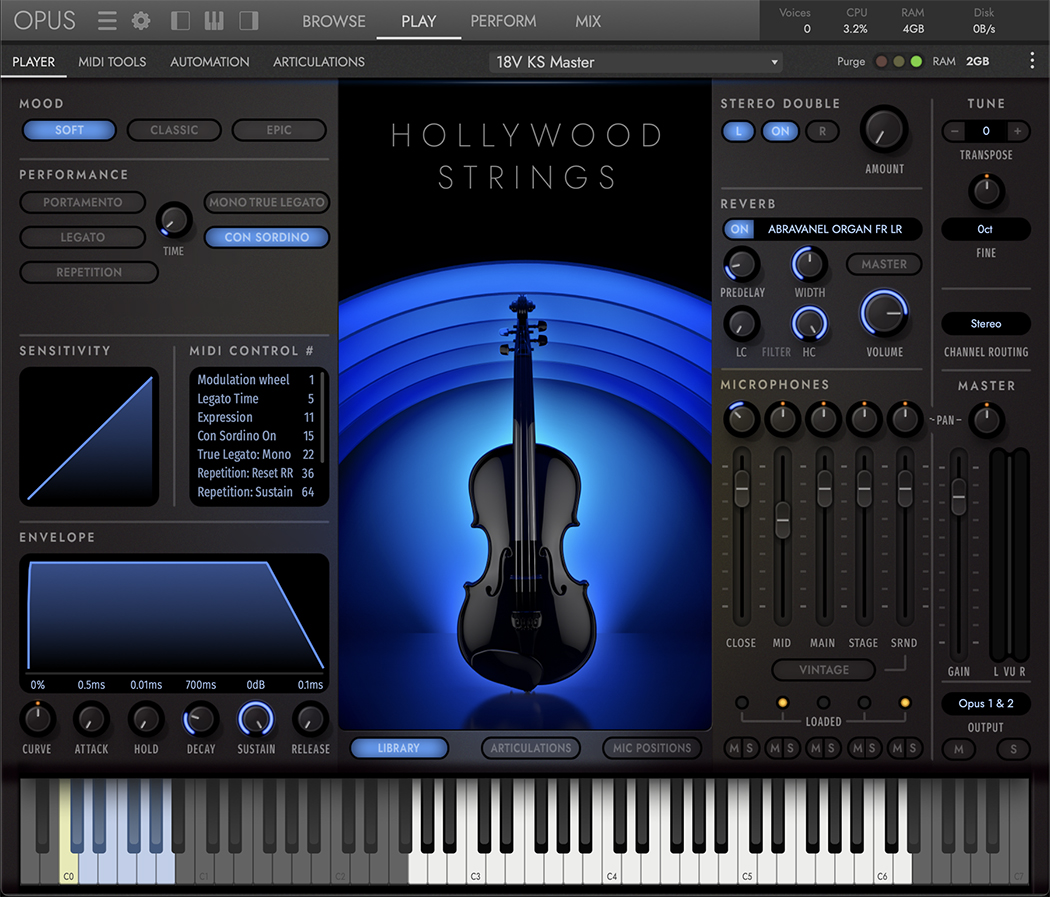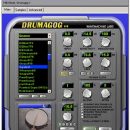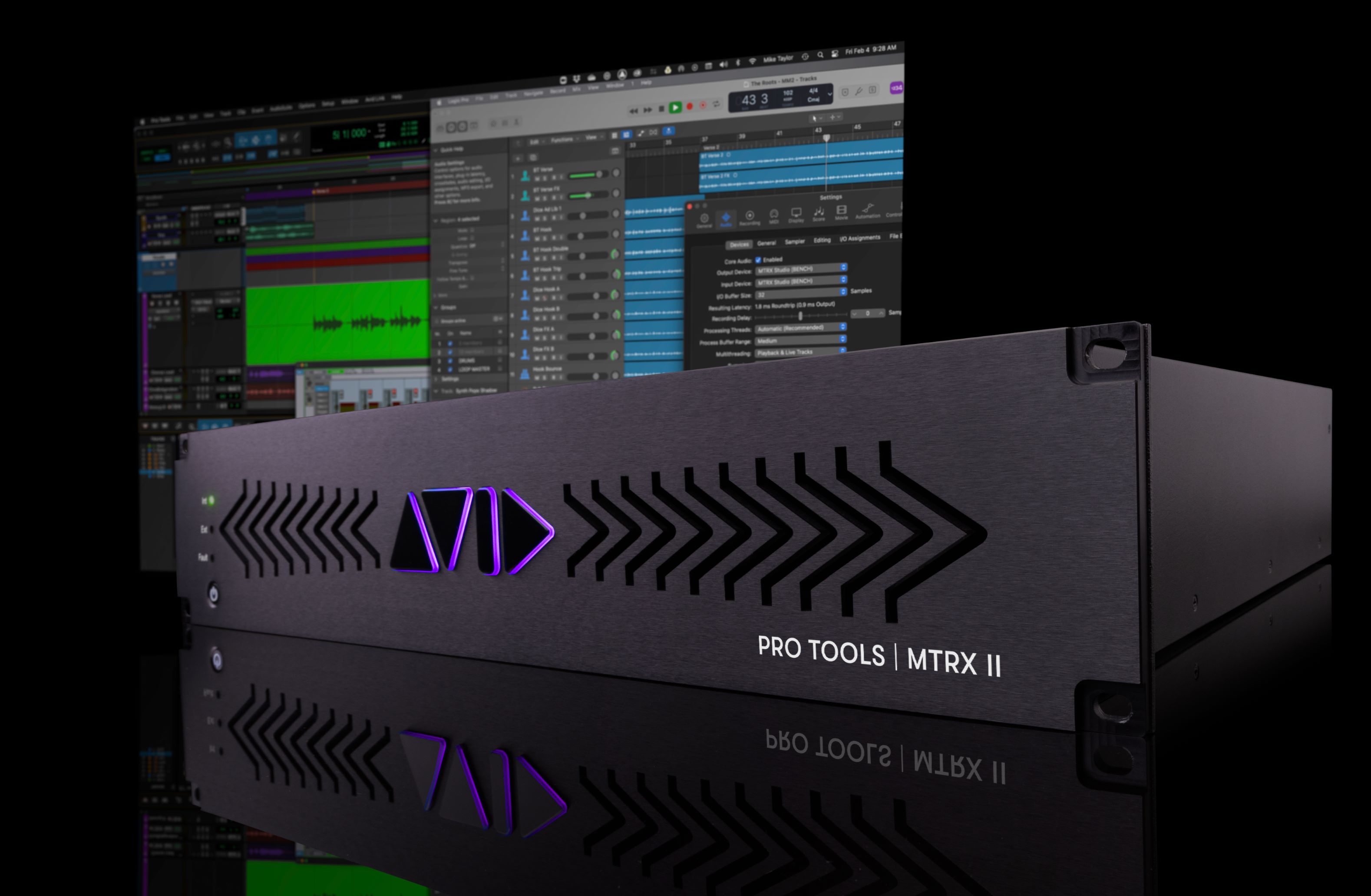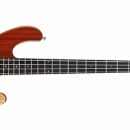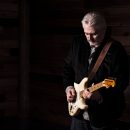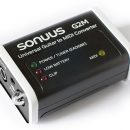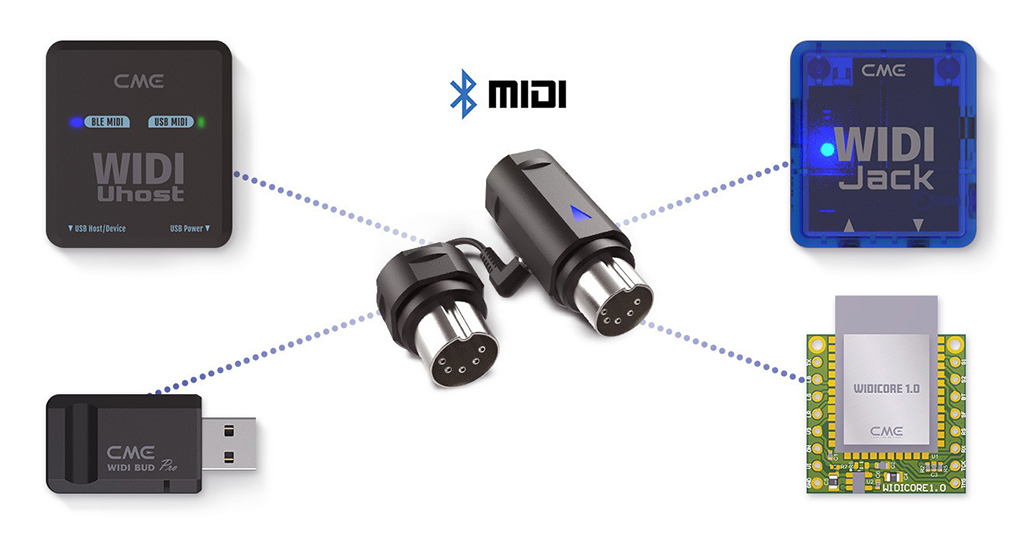A few months ago we reviewed the fantastic LightWave Saber Bass SL five-string and over-the-top phenomenal (and WIHO award-winning) VL fretless models. These cool basses feature cutting-edge optical pickup technology and have a sound that is all their own — crystalline clear and studio silent, with sounds ranging from low piano string clarity to acoustic upright bass tone and everything in between. But as we were testing the basses, one question that came up was “What if along with the optical pickup there was also a conventional magnetic pickup to get a more traditional bass sound when you need it?”
Well, here we go — LightWave’s Hybrid model! It has most of the same technology as its brethren, and the same modern aesthetics, but the Hybrid also incorporates a traditional magnetic pickup that can be used by itself or blended with the optical pickup.
| Category | Value | Rating |
| Features | 20% | |
| Usability | 25% | |
| Sound | 25% | |
| Documentation & Support | 10% | |
| Price | 20% | |
| OVERALL RATING = 3.5 3.6 stars or better: Outstanding, WIHO Award 3 stars or better: Worth considering 2 stars or better: Suited to specific needs 1 star or less: Not recommended |
||
Before reading this review, be sure to first read our in-depth review of the Saber SL and VL basses to really understand how the optical pickups work and sound. Much of this review assumes familiarity with the other instruments in the product line since optical pickups put the instruments in a league of their own.
In order to accommodate the magnetic pickup functionality, the piezo pickups in the Monolith Bridge rails were eliminated — as a result, there is no IceTone feature in the Hybrid model.
The Hybrid shares many tonal similarities with the other SL and VL models, though, and when using the optical pickups, we still enjoyed a tone whose frequencies didn’t change when volume was lowered (not to mention the fabulous silence and clean tone). But while the sustain on this bass is still excellent by bass standards, the presence of a magnetic pickup, whether or not it’s audible in your tone, does exert a natural pull on the strings, which of course impacts the length of their decay.
The addition of a magnetic pickup allows for a more traditional bass sound suited to slapping as well as for getting a dirty tone out of the bass for metal/punk rock. For players who lamented not getting a funk tone that they loved in the other LightWave basses, that technological problem is formally eliminated.
If you are looking for a versatile bass with a modern sound that looks sharp and plays well, at a respectable price that won’t break the bank, The LightWave Saber Hybrid is certainly another instrument you should test drive and consider. Although we prefer the purely optical SL and VL models with their IceTone sound shaping, some players may not be ready to embrace a completely new, optical-only instrument. For them, the Hybrid strikes a nice balance to bridge sounds that are both modern and classic.
Features
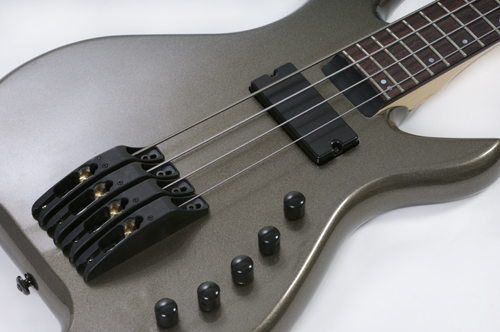 The LightWave Saber Hybrid we tested was a four-string model with the following specs: alder body, 34” scale length, maple neck with a rosewood fingerboard.
The LightWave Saber Hybrid we tested was a four-string model with the following specs: alder body, 34” scale length, maple neck with a rosewood fingerboard.
The single most unique feature of this bass is of course the optical pickups. Unlike a conventional magnetic pickup that generates a magnetic field to interact with your strings (and thus alter your strings natural vibration), optical pickups use infrared light to observe your strings natural vibration and translate that vibration into sound, while remaining transparent to the signal path. While various magnetic pickups are optimized to change the tone of an instrument in some particular way, the optical pickup’s job is to capture the sound without changing it at all (that’s what the EQ tone shaping controls are for).
The basic Saber SL controls for volume, blend (optical and magnetic pickups), and tone are standard and therefore very easy to use. However, the Mids center frequency sweep control knob found on other LightWave models is seemingly absent from the Hybrid. Instead, a fourth knob on this bass provides a passive Treble Cut option (for both the magnetic and optical pickups). Fortunately for players demanding the utmost in sound sculpting capabilities, the Mids center frequency scoop can be adjusted via a simple trim pot adjustment on one of the circuit boards inside the bass. This feature allows you to widen or narrow the frequencies between 220 Hz and 1 kHz, and if you were to adjust this setting from the factory default, it’s a sure bet that nobody would be able to copy your precise tone.
The custom-designed Monolith Bridge rails are not only very neat looking but they offer virtually all adjustable parameters you need for setting intonation, action and aligning the optics (more on this later).
Basses with active electronics have forced us to have a ready supply of nine-volt batteries on hand at all times, so the built-in rechargeable NiMH battery is a really nice feature to have. The onboard battery provides a long power life and is simple to maintain. An LED indicator on the bridge lets you know when the battery is running low on power. When the LED is lit, you’re good to go, and LightWave suggests that each one-hour charge provides approximately sixteen hours of playing time. When the light goes out, you still have power for about an hour or two. The battery charger (provided) can be plugged in for a quick charge before a show, but if you can’t wait, the charger will charge the battery while you are playing.
Usability
Just like the other Saber basses we tested, the Hybrid was ready to go from the start. Even after several days of playing on it, there was nothing to tweak. LightWave really set this instrument up nicely in their Southern California shop (necks and bodies are made in South Korea, while the optical pickups and related electronic components are made in the USA).
The feel of the instrument was very easy to adapt to, and the unique shape is cool looking without being too over-the-top modern. The overall balance of the instrument felt great (better than we remembered from the other ones we tested, if that’s possible), and getting down to the business of playing was not a problem. On the original Saber SL and VL, we stated that we missed having a thumb rest (LightWave offers an optional thumb rest you can add to the instrument), but since the Hybrid has a magnetic pickup, we had a convenient resting spot built in.
The Hybrid’s overall feel was what you would expect from a quality-made instrument. The two-octave fingerboard worked well with the body design making it very easy to play higher notes, and the smooth finish on the neck didn’t slow us down either.
Frets and the shape of the neck allowed for easy movement up and down the bass on all four strings. The round wound strings supplied with the Hybrid were very nice, however, depending on your tastes, you may want to try your favorite brand to see how they sound with the optical pickups on this bass. Keep in mind that you may experience very different tones with your favorite strings because the pickups are so clean they may reproduce overtones you never heard before!
The ability to change optical settings and string height adjustments are the same as the original models we tested, and the smoked plastic cover on the back enabled us to see the battery charge status (Red while charging; Green when fully charged).
Adjusting the string height was very simple. All points for adjusting are accomplished via the various setscrews on the Monolith Bridge saddles. At first, we didn’t even have to open the back panel to realign the optics, but our curiosity got the better of us and we went for it. To our pleasure and surprise, having never before worked with optical pickup technology, making the optic and trim adjustments took less than forty-five minutes (the bass came with expert documentation on this, but more about that in the Documentation section).
Five screws on the back plate offer access to the motherboard. You will only need to access this panel if you adjust the string height. Since the tone relies on the optics to target the string, setting a higher or lower action requires resetting the optic height, too. The manual details the steps to accomplish this through the back panel, but you can also reset the optics by ear. Using the precise method detailed in the instructions, an LED indicator on the logic board showed us when we adjusted the optics to their “optimal” position after we had set the action to our personal taste.
Using only our ears to adjust the optics was easy, too. Because the optic adjusters are located on the Monolith Bridge Saddle (one for each string), if you trust you ear, it is very easy to reset the optics without ever opening the back panel. All adjustments were made using standard Allen wrenches supplied with the instrument.
Sound
The sound of the LightWave Saber Hybrid bass is very clean and clear. As with other models in the family, we had to level our amp’s EQ settings to almost flat! We were again amazed at the clarity of the tone through our Mesa/Boogie Titan Big Block bass amp. We reset the EQ to slightly enhance the bottom end for a little more punch and that was it! The tone controls on the bass were really all we needed to create deep bass tones, popping treble tones for a funkier feel, and everything in between.
When we wanted more grunge in our tone, we simply blended the magnetic pickup into the tone and voilà! This added just the right amount of dirt to pop tones and dug up enough dirt to satisfy the traditionalist in the crowd. Don’t be mislead into thinking the magnetic pickup is noisy — it’s a respectably clean sounding pickup. But compared to optical pickups, even the finest magnetic pickups are somewhat noisy or dirty.
The optical pickup mode was very well suited for studio work giving the sound engineer almost nothing to do except plug it in, add a bit of compression, set levels and press Record.
The “Piano-like” tone we were able to get on the Saber SL was also attainable on the Hybrid. Keep the magnetic pickup Off and adjust the optical pickup tone to mostly Treble, play near the bridge, and there you go! It wasn’t as true a piano sound as the other models because the Hybrid lacks piezos to blend via IceTone, but it still came close.
One thing that we did notice was that the magnetic pickup still creates a slight magnetic force against the strings whether or not you have the magnetic pickup in your sound. This may not seem like a big deal, but one of the best features of the totally optical SL and VL models are their incredibly long sustain. Just the slightest magnetic field around the string causes it to decay prematurely. We all loved the ability to have an almost endless sustain with the other LightWave instruments. The introduction of the magnetic pickup seemed to take a little bit away from the unique character of an instrument we’d otherwise seek to place in any pro’s bass arsenal.
Using our effects was very easy and quite frankly, a lot of fun. With the combination of the two pickups we were able to create many different tone qualities from one effect setting by playing around with the pickup blends. Each pickup reacts differently, so by changing the balance of the two pickups, the effect changed too. If you have a favorite effect you will want to spend some time hearing what each pickup can do. You might find an old effect that you stopped using takes on a fresh new sound!
For studio use or gigging, the Hybrid is indeed a very versatile instrument.
Documentation and Product Support
The Saber Hybrid shares excellent documentation with the other models. Pictures of the optical setup points and bridge adjustments are very easy to follow.
There are close-ups of the adjusting points on the Monolith Bridge for action, intonation, and optics adjusting. The manual is written as clearly as the bass sounds. We found that to make any adjustment took only moments.
The manual gives excellent information on everything from doing an initial setup to how to maintain the NiMH battery for long life.
The warranty on all LightWave products is now a three-year warranty on materials, electronics, and workmanship, assuming you don’t pull any classic Pete Townsend maneuvers. The warranty period used to be shorter – we expressed our concern about this in our earlier review, and LightWave responded by improving the coverage – bravo!
If you want to read more about the Saber Hybrid or any of the other LightWave basses you can download a PDF file of the manual from LightWave’s website.
Price
The LightWave Saber Hybrid four-string bass ($1,295 MSRP) can be found for only $995.00.
As most quality basses go, this is a very good price when you consider the technology inside and the full features provided. This is not a stripped down introductory model with a good price. This is a quality instrument with professional features and a great sound.
Other Comments
As we mentioned in the other LightWave review, the technology inside these basses isn’t totally new. LightWave has been making the optical pickup technology for over five years now, and previously, you were able to custom order their electronics installed on select premium instruments from manufacturers such as Zon. Unfortunately for mere mortals, the $3,500 price tag on those optical-equipped basses made them all but unobtainable for most players.
While the Hybrid is useful for players who need a specifically magnetic slap tone or who need a little dirt in their sound, we prefer the SL and VL models without the magnetic pickup. It almost seems derogatory to add a magnetic pickup to these instruments that sound outstanding in their non-magnetic configuration.
The optical-only models benefit from an expanded tonal palette thanks to the iceTone switch and the complete lack of magnetic pull against the strings, and you can dial in a wide range of classic bass tones — they just happen to sound studio clean right out of the instrument. But for players demanding both studio quality sound and versatility, the Hybrid offers something you won’t find in any other bass.
Contact Information
LightWave Systems
www.lightwave-systems.com
| Evaluation Short-List |
|


